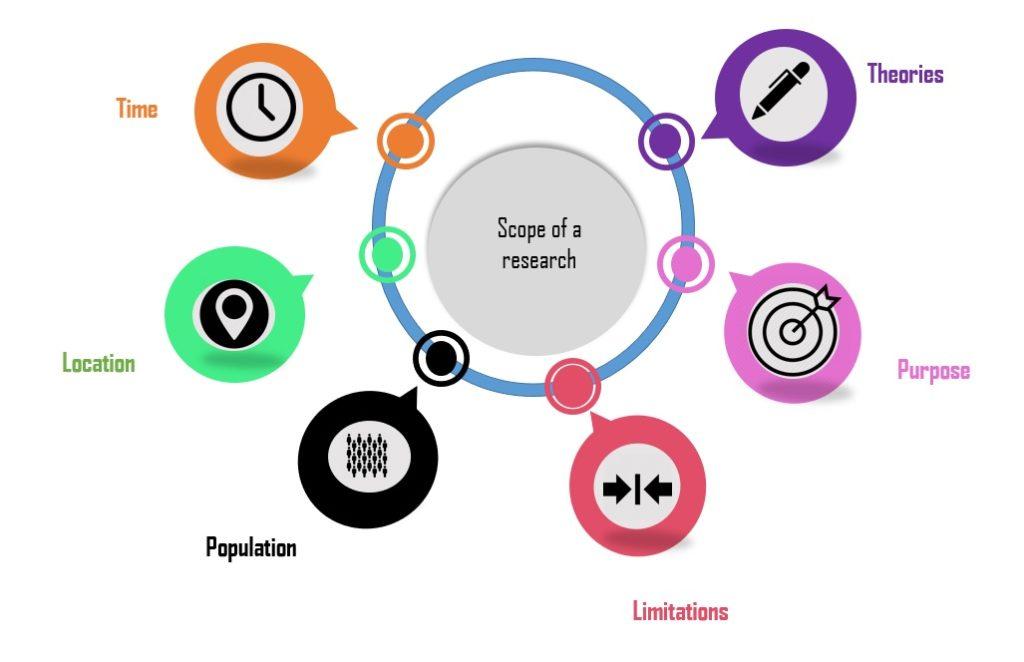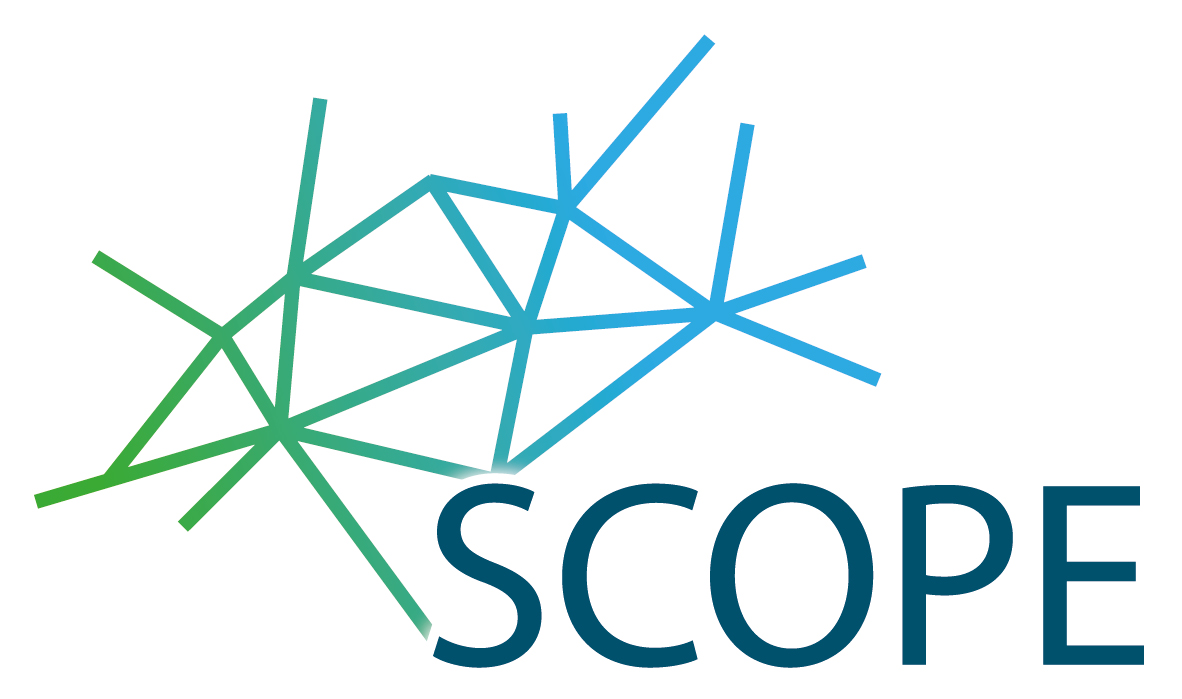Informations
Convenience
- Free of Cost Publishing
- Global Exposer
- Rigorous Peer Review
- Prompt Publishing
- Open Access
Peer Review Process
The peer review process is a
critical component of scholarly publishing and the scientific research community. It is a
systematic evaluation process in which experts in the same field of study assess the
quality, validity, and significance of research papers or manuscripts before they are
published in academic journals or presented at conferences.
Here is an overview of the
typical steps involved in the peer review process:
Submission: The author(s) submit their research paper or
manuscript to a relevant academic journal or conference.
Editorial Assessment: The editor-in-chief or the journal's
editorial team evaluates the submission to determine its suitability for the journal or
conference. They may consider factors such as the paper's topic, scope, adherence to
formatting guidelines, and overall quality. If the submission does not meet the journal's
requirements, it may be rejected at this stage without undergoing peer review.
Assignment of Reviewers: If the submission passes the
editorial assessment, the editor assigns independent experts, typically researchers or
academics with expertise in the relevant field, to review the manuscript. These experts are
known as peer reviewers or referees.
Peer Review: The assigned peer reviewers thoroughly evaluate
the submission based on various criteria, including the research methodology, originality of
the work, significance of the findings, clarity of presentation, and adherence to ethical
standards. They assess the strengths and weaknesses of the manuscript, identify any flaws or
errors, and provide constructive feedback to help improve the quality of the paper.
Reviewer Recommendations: After reviewing the manuscript, the
peer reviewers make recommendations to the editor, usually in the form of a review report.
The recommendations can vary from accepting the paper as is, accepting it with minor
revisions, requesting major revisions and re-submission, or rejecting the manuscript.
Reviewers may also provide additional comments and suggestions for improvement.
Author Revision: If revisions are requested, the author(s)
make the necessary changes to the manuscript in response to the reviewers' feedback. They
may clarify unclear sections, address methodological concerns, incorporate additional data,
or revise the structure of the paper.
Decision by the Editor: The editor considers the reviewers'
recommendations, the revised manuscript, and any accompanying response from the author(s)
and makes a final decision on whether to accept, reject, or request further revisions. In
some cases, the editor may seek the opinion of additional reviewers.
Publication or Rejection: Once the manuscript is accepted, the
paper goes through the final production process, including copyediting, typesetting, and
formatting, before it is published online or in print. If the manuscript is rejected, the
author(s) may revise and resubmit it to another journal or abandon the publication
process.
It is important to note that the peer review process can vary slightly across different
disciplines and journals. Additionally, some conferences or journals may adopt alternative
forms of review, such as double-blind review (where the identities of authors and reviewers
are hidden) or open review (where the review reports are published alongside the paper). The
overall goal, however, remains consistent: to ensure the quality and integrity of scientific
research before it becomes part of the scholarly record.


